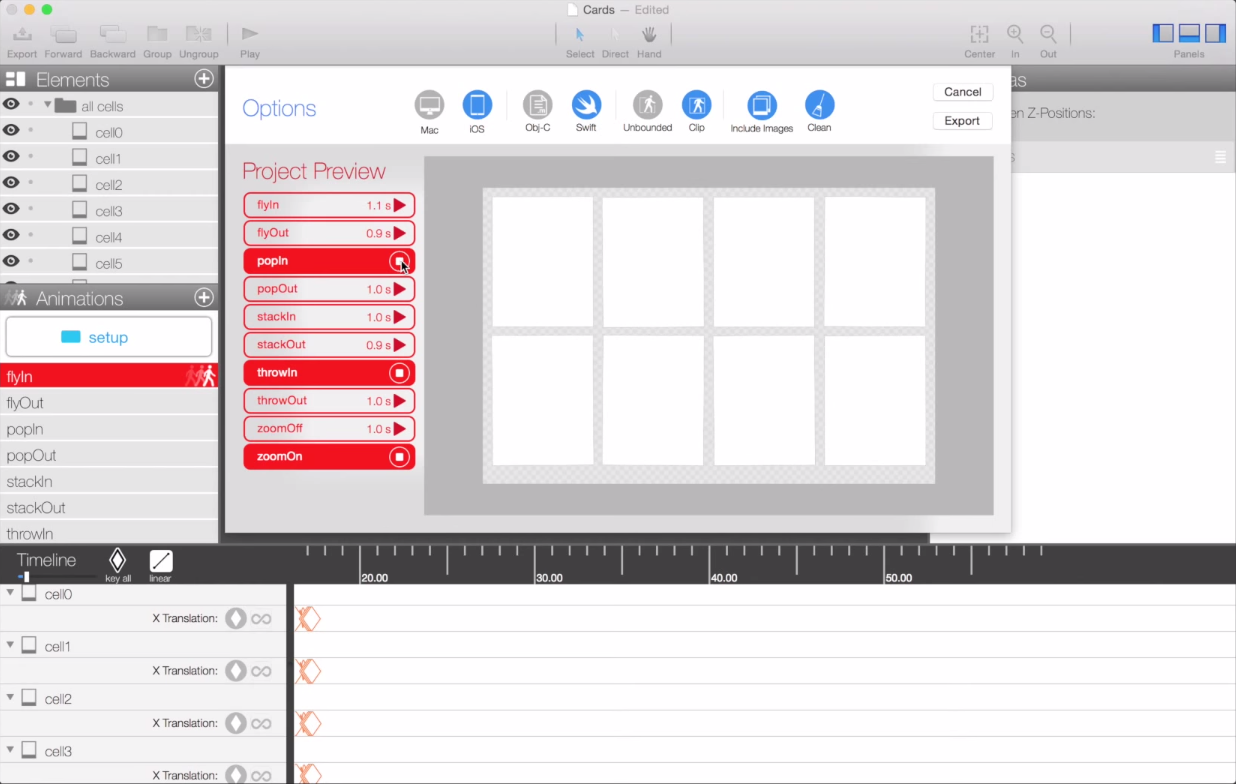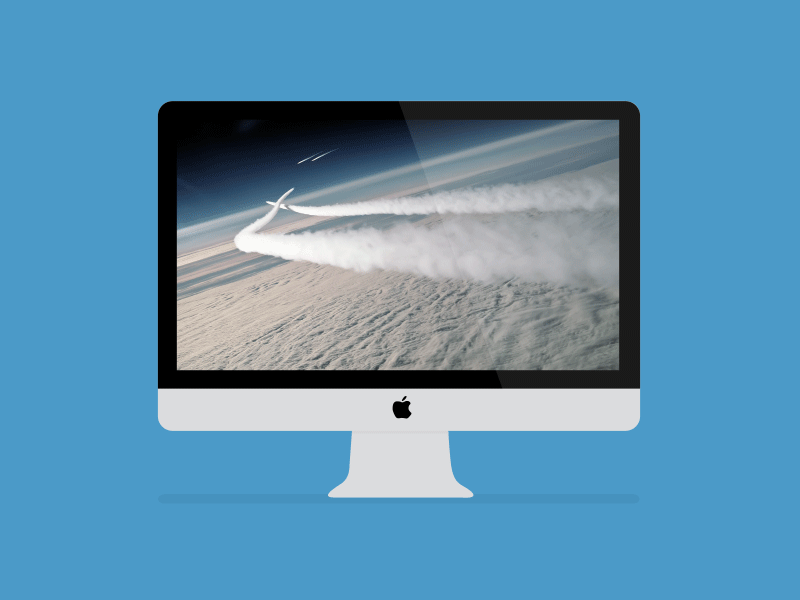

Figure 1-2 illustrates a few of the types of animations you can perform on layers. Similar changes to other properties cause appropriate animations. For example, changing a layer’s position property causes Core Animation to move the layer from its current position to the newly specified position. This decoupling gives Core Animation a way to interpose itself and animate the change from the old state values to new state values. The data and state information of a layer object is decoupled from the visual presentation of that layer’s content onscreen. There are several ways for your app to provide a layer object with content, which are described in detail in Providing a Layer’s Contents.
#Core animator mac update#
Core Animation avoids this expense by whenever possible by manipulating the cached bitmap in hardware to achieve the same or similar effects.Īlthough Core Animation uses cached content as much as possible, your app must still provide the initial content and update it from time to time. But drawing in this way is expensive because it is done using the CPU on the main thread. With view-based drawing, changes to the view itself often result in a call to the view’s drawRect: method to redraw content using the new parameters. Figure 1-1 How Core Animation draws contentīecause it manipulates a static bitmap, layer-based drawing differs significantly from more traditional view-based drawing techniques. Manipulating the bitmap in hardware yields much faster animations than could be done in software. When a change triggers an animation, Core Animation passes the layer’s bitmap and state information to the graphics hardware, which does the work of rendering the bitmap using the new information, as shown in Figure 1-1. When you subsequently change a property of the layer, all you are doing is changing the state information associated with the layer object. Instead, a layer captures the content your app provides and caches it in a bitmap, which is sometimes referred to as the backing store. Most layers do not do any actual drawing in your app. This notion is important to remember because it affects the behavior of animations. For this reason, the main layers you use in your app are considered to be model objects because they primarily manage data. The bitmap itself can be the result of a view drawing itself or a fixed image that you specify. A layer merely manages the state information surrounding a bitmap. Unlike views, layers do not define their own appearance. Like views, layers manage information about the geometry, content, and visual attributes of their surfaces. Layer objects are 2D surfaces organized in a 3D space and are at the heart of everything you do with Core Animation. Layers Provide the Basis for Drawing and Animations Instead, you use Core Animation to move a view’s content around the screen, fade that content in or out, apply arbitrary graphics transformations to the view, or change the view’s other visual attributes. You would typically not use Core Animation to replace the content of a view 60 times a second, such as in a cartoon. When you make such a change, Core Animation animates between the current value of the property and the new value you specify. For example, you might use Core Animation to animate changes to a view’s position, size, or opacity.

Most changes relate to modifying the properties of your visual objects.

You use Core Animation to animate changes to your app’s views and visual objects. In addition to caching view content, Core Animation also defines a way to specify arbitrary visual content, integrate that content with your views, and animate it along with everything else. In some cases, this caching behavior might require you to rethink how you present and manage your app’s content, but most of the time you use Core Animation without ever knowing it is there. It achieves this behavior by caching the contents of views into bitmaps that can be manipulated directly by the graphics hardware. Instead, it is a technology that integrates with views to provide better performance and support for animating their content. Core Animation is not a replacement for your app’s views. Core Animation provides a general purpose system for animating views and other visual elements of your app.


 0 kommentar(er)
0 kommentar(er)
